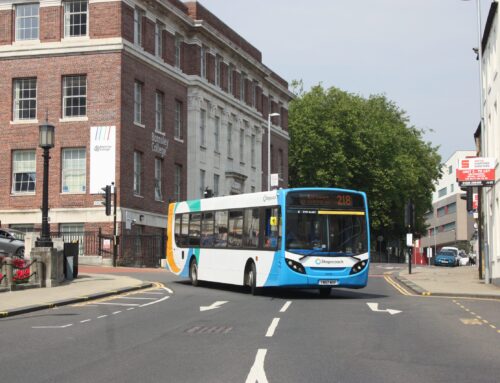Grappling with the future of your business
Business resilience and continuity have never before been such high-profile, high-stakes issues, across a myriad of corporate sectors. Organisations are grappling with the twin challenges of maintaining customer relationships amid drastic changes to their normal operations, while looking after their staff at a time of huge uncertainty.
Digital technologies are offering multiple different ways for businesses to keep in touch with both staff and customers. Many are embracing new video channels and social media, and delivering virtual meetings and events, both internally and externally. As lockdown eases, it seems likely that many of these technologies will remain in place, with organisations keen to cut down on unnecessary journeys.
Digital – what does it mean for road transport?
This could mean that individuals who typically drive a great deal for work find their roles reshaped – a greater emphasis could be placed on video meetings in the future, for example. Organisations in this position should be careful to reassure their employees that their jobs are still in place even if their typical working day looks set to be a little different.
For other businesses, it might actually mean there is a need to expand the team of drivers in order to fulfil greater delivery volumes. In these instances, it is important to maintain thoughtful and comprehensive driver onboarding processes, even if the recruitment is time-critical. The duty of care held toward drivers remains unchanged, and it is important to ensure that all drivers are properly licensed and skilled to drive the vehicles in question.
Where this isn’t possible due to the current restrictions, then plans need to be made to complete and training that has been missed as soon as conditions allow.
Cash flow post COVID-19
Another key aspect of business resilience and continuity is, of course, cash flow. The government has introduced various initiatives to support businesses of all size and across all sectors, including the well-publicised furlough scheme, and the option of deferring VAT on a no cash flow basis. Supports and grants are undoubtedly going to be a key piece of the puzzle for many businesses.
However, looking internally at where savings can be made is also important. For businesses running fleets of vehicles which are currently out of action, clearly fuel and maintenance costs are going to be lower for a while. Such organisations should take care to map their cash flow over the next few months with this in mind; they might discover that they are actually in a more resilient place than they thought.
Further improvements can be made through the effective management and monitoring of drivers. Read through some of the Driving for Better Business case studies to see how other companies have managed to control operational costs through strong leadership and better management.
It is also worth engaging with suppliers to discuss the possibilities of payment holidays. Some leasing and finance companies have made it clear in the fleet press that they are looking to support companies in this way, and it is always worth having the conversation. After all, such companies actively want fleets to remain robust and resilient throughout the pandemic, so they are best-placed to get moving again as the economy gears back up.
All organisations want to ensure that their business is in the strongest possible position to bounce back as the pandemic eases. This requires a multifaceted approach, combining flexibility regarding changing working – and driving for work – practices, and a thoughtful view of operational expenditure.
For further information on how to achieve business resilience and continuity, click here to access our COVID-9 Transport Toolkit.






